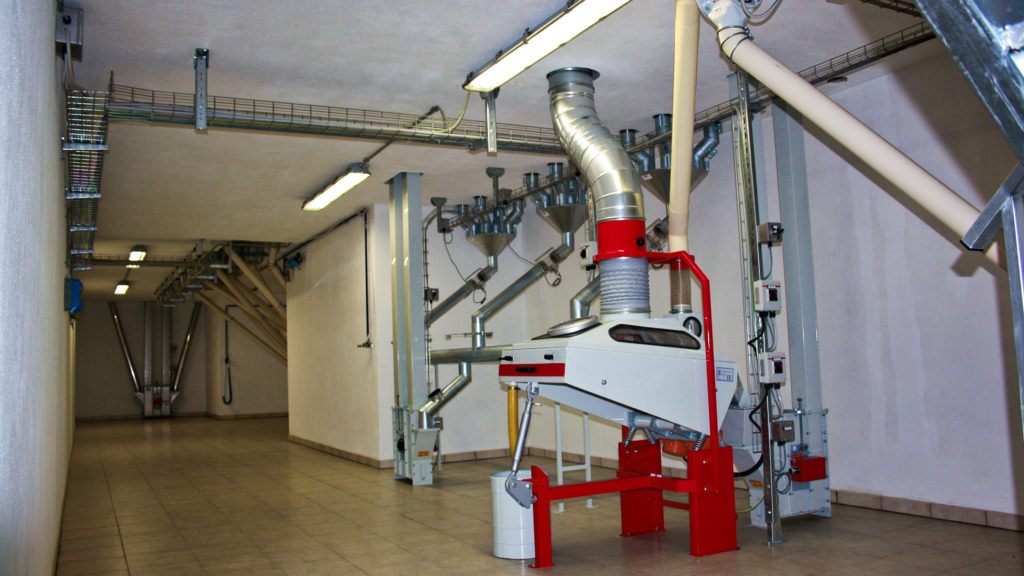
The article describes how the mill works, in particular the reception and cleaning of the grain.
Wheat selection is the first step in milling and also one of the most important because it requires a good knowledge of wheat. Each variety, in fact, has particular characteristics and this means different flours in terms of properties and uses.
Grinding is an ancient process, because the flour produced is the same as always. But there are some determining variables: the choice of the raw material and the sensitivity of the miller who follows and regulates the machinery.
To understand how the mill works, from reception to cleaning, we proceed step by step.
Arrival at the mill
As soon as it arrives at the mill, the grain load is subjected to olfactory and visual controls. In the case of suspected odours or excessive presence of foreign bodies in the cargo, it shall be rejected.
Measurement of specific weight
These initial assessments are followed by the measurement of the specific weight. It determines the milling capacity of the cereal. If the specific weight is below the reference values, the goods are rejected.

Quality analysis of wheat
Then follow the analysis at the entrance that define the quality level of the grain. We detect the protein content and other parameters. If they correspond to the typical values of the variety, the acceptance phase is concluded.
Silage and pre-cleaning
At this point, the grain begins its journey towards silage. During the journey it must pass through a machine that performs the pre-cleaning, making it suitable for the permanence in the storage silos.
The whole stage of reception, unloading and silage of the grain is controlled and recorded by a tracking system. It makes it possible to reconstruct the entire production chain.

Evaluation of rheological values
Analysts grind the samples taken from each accepted load and arrive at the rheological values. They will define the behaviour of flour in the process of dough and leavening.
Cleaning of the grain
Now that the characteristics of the grain silage are known, it is ready to be cleaned from any impurities. The first cleaning process is started, followed by a second cleaning. At their completion the grain enters the final phase of processing, the grinding.
To learn more about cleaning and the machines made by Molitecnica Sud, click here.


Comments (05)